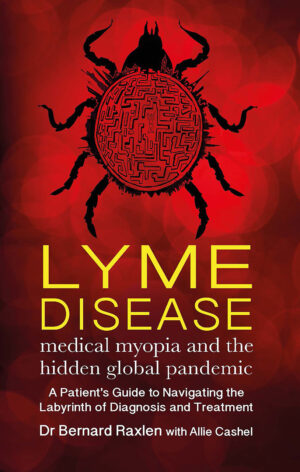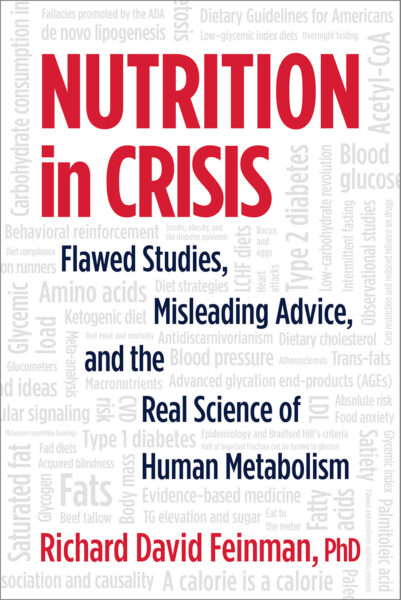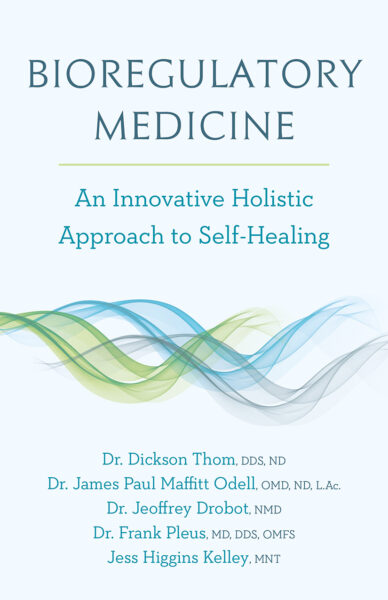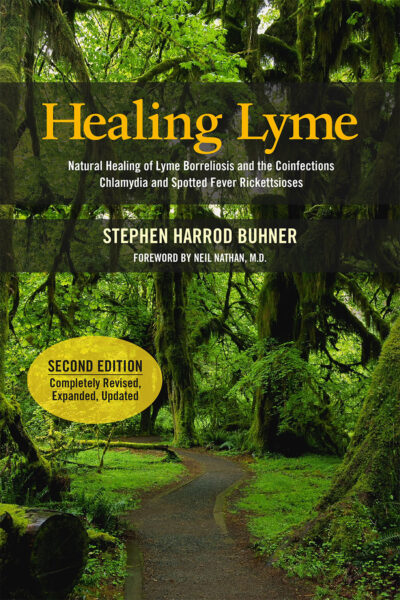The Tick-Born Epidemic
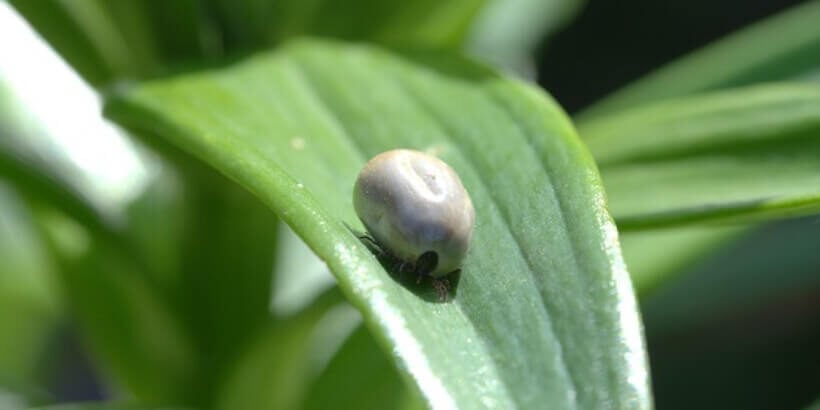
Summer is a time for taking hikes, walks, going camping, or sitting under a tree enjoying the outdoors. You might think that your biggest enemy is the sun, but there’s another one crawling around–ticks. These parasites can infect you and cause a wide variety of symptoms that interfere with how you live your life, and you may not even notice until weeks later.
The following is an excerpt from Lyme Disease by Bernard Raxlen. It has been adapted for the web.
What if, at this very moment, hundreds of thousands of people were unaware that they were living in the midst of an epidemic so large that it dwarfs the AIDS epidemic by sheer numbers in North America?
What if this epidemic cut across all populations: women and men, children and adults, the infirm and the fit, the very poor and the very rich?
What if many of our best doctors in cities like New York, London, Paris, Dublin, Sydney and San Francisco were unaware of this very same problem?
This epidemic is upon us.
It lurks in the most seductive of locations outside our cities – sought-after vacation places frequented by urban dwellers. These are the favorite getaway spots for the often millions of people who work in our city centers, many of whom are unaware that they are at risk of infection from this insidious microbe.
I’m talking about a tick-borne disease, namely the spirochete bacterium Borrelia burgdorferi, or Lyme disease, as it is more commonly known. Along with a number of other co-infectious pathogens, including deadly viruses, this bacterium has become the scourge of the Northern Hemisphere and is now reaching across Europe, into Asia and even Australia.
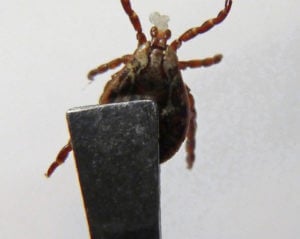 Though the infection is spreading at unprecedented rates, the disease can be hard to spot. Its tell-tale bullseye rash only appears 25-30 per cent of the time, and sometimes three to six weeks after original exposure. Other early signs and symptoms may be attributable to simple ‘flu (fever, sore muscles and joints, fatigue) and often can go unnoticed.
Though the infection is spreading at unprecedented rates, the disease can be hard to spot. Its tell-tale bullseye rash only appears 25-30 per cent of the time, and sometimes three to six weeks after original exposure. Other early signs and symptoms may be attributable to simple ‘flu (fever, sore muscles and joints, fatigue) and often can go unnoticed.
Then months, or even years, later persistent, intractable symptoms may appear, including neurological, cognitive, psychiatric, arthritic and/or musculoskeletal problems, or chronic fatigue and exhaustion. According to a study in the American Journal of Medicine, these patients are often as impaired as those in congestive heart failure.
It should not come as a surprise, therefore, that physicians practicing in cities around the world have missed the diagnosis of an infection so enigmatic. Lyme and other tick-borne diseases have become a global scourge. Yet the medical world has been shockingly slow to react. Why is this?
Size and scale – tick-borne disease myopia
Let’s take a look at New York City as a primary example of those at risk for tick-borne infection. There are 8.5 million people in New York City’s five boroughs. It is estimated that approximately 20-25 per cent of the population may leave the ‘concrete metropolis’ for the pleasures of the natural world each year. More visit nearby parklands within the city. Other people leave the city for vacation areas in New Jersey, Connecticut, Long Island, Cape Cod, the Hudson Valley, Fire Island, Maine, and many more wooded and coastal areas. All of these locations are considered to be highly endemic areas for Lyme and other tick-borne diseases.
The Center for Disease Control in the United States recently stated that the number of individuals infected with Lyme disease is likely to be 10 times higher than has already been reported.
Already, this suggests that tens of thousands have been infected with Lyme over the last 10 years and have not been diagnosed. If we were to add the number of undiagnosed urban cases to that statistic, how many would we report? If we consider just 1 per cent of the number of New York travelers ‘at risk’, that amounts to a minimum of no less than 20,000 people infected yearly.
These numbers, on first inspection, may appear disproportionately inflated and exaggerated, but simple calculations extending over the past 10 years bring the number of cases of tick-borne disease currently undiagnosed in New York City’s five boroughs to an outrageously high number.
These numbers, on first inspection, may appear disproportionately inflated and exaggerated, but simple calculations extending over the past 10 years bring the number of cases of tick-borne disease currently undiagnosed in New York City’s five boroughs to an outrageously high number.
Recommended Reads
Recent Articles
Garlic mustard: while known as “invasive,” this plant can be consumed in its entirety and has great nutritional value. Plus, the garlic-flavor is a perfect addition to any recipe that calls for mustard! The following are excerpts from Beyond the War on Invasive Species by Tao Orion and The Wild Wisdom of Weeds by Katrina…
Read MoreMany know the effects of catnip on our feline friends, but few realize that catnip has medicinal effects for humans. From stomach aches to reducing fevers, catnip is a versatile herb with many benefits. The next time you grow this plant for your cat you may end up taking a few cuttings for yourself! The…
Read MoreWhether you’re looking to replace your end-of-the-day cocktail, relax before bed, or want something new to add to your tea, this non-alcoholic mocktail syrup base will do the trick. Delicious and all-natural, take a sip of this nightcap mocktail and feel your troubles melt away. The following is an excerpt from Herbal Formularies for Health…
Read MoreSurprisingly, medicine can actually be delicious. This anti-inflammatory smoothie uses natural (and tasty!) ingredients to help reduce inflammation caused by any number of circumstances. The following is an excerpt from Herbal Formularies for Health Professionals, Volume 4 by Jill Stansbury. It has been adapted for the web. RECIPE: Ginger and Pineapple Anti-Inflammatory Smoothie This is an all-purpose…
Read MoreMake your own delicious, healthy, probiotic sauerkraut! Four easy steps are all you need to turn fresh garden veggies into a long-lasting, tangy, pungent condiment. The following excerpt is from The Art of Fermentation by Sandor Ellix Katz. It has been adapted for the web. 4 Simple Steps to Making Sauerkraut The English language does…
Read More

